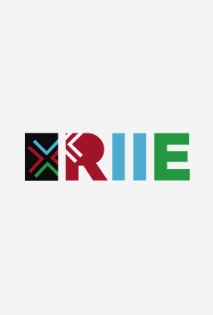Key words: right to education - artistic education - in prison education - young and adults education.
DOI:
https://doi.org/10.30972/riie.13186346Keywords:
education of young, adult, and elderly people - remote teaching - education in prison - curriculum practicesAbstract
The article describes and examines curriculum practices constructed in the context of a state public school in the State of Bahia, Brazil. It emphasizes curricular experiences planned for the specific context of the Covid-19 pandemic with students (inmates) in the period from March 2021 to December 2021, aiming to ensure the right of education in prison. It discusses practices developed in Youth, Adult and Elderly Education with people in situation of deprivation of freedom, socializing challenges, and possible curriculum constructions through remote teaching. The research data indicate that the penitentiary unit shows contradictory sensations. It is located outside the urban perimeter. The access to the institution recalls bucolic landscapes. However, when approaching this context, fences, watchtowers, and all the maximum security apparatus of an incarceration unit are imposed. In this context, there are also dreams, projects, and lives behind bars that cry out for more justice, for more education, and that consider educators as links of hope, essential in the daily life of the penitentiary unit, bridges between the world of freedom and the world of prison.Downloads
Download data is not yet available.
Downloads
Published
2022-12-27
How to Cite
Carmo dos Santos, C., Santos Miranda, J., & Reis dos Santos, J. J. (2022). Key words: right to education - artistic education - in prison education - young and adults education. Revista Del Instituto De Investigaciones En Educación, 13(18), 62–75. https://doi.org/10.30972/riie.13186346
Issue
Section
Artículos basados en investigación empírica
License
Aquellos autores/as que tengan publicaciones con esta revista, aceptan los términos siguientes:
- Los autores/as conservarán sus derechos de autor y garantizarán a la revista el derecho de primera publicación de su obra, el cuál estará simultáneamente sujeto a la Licencia de reconocimiento de Creative Commons que permite a terceros compartir la obra siempre que se indique su autor y su primera publicación esta revista.
- Los autores/as podrán adoptar otros acuerdos de licencia no exclusiva de distribución de la versión de la obra publicada (p. ej.: depositarla en un archivo telemático institucional o publicarla en un volumen monográfico) siempre que se indique la publicación inicial en esta revista.
- Se permite y recomienda a los autores/as difundir su obra a través de Internet (p. ej.: en archivos telemáticos institucionales o en su página web) antes y durante el proceso de envío, lo cual puede producir intercambios interesantes y aumentar las citas de la obra publicada. (Véase El efecto del acceso abierto).






.jpg)


